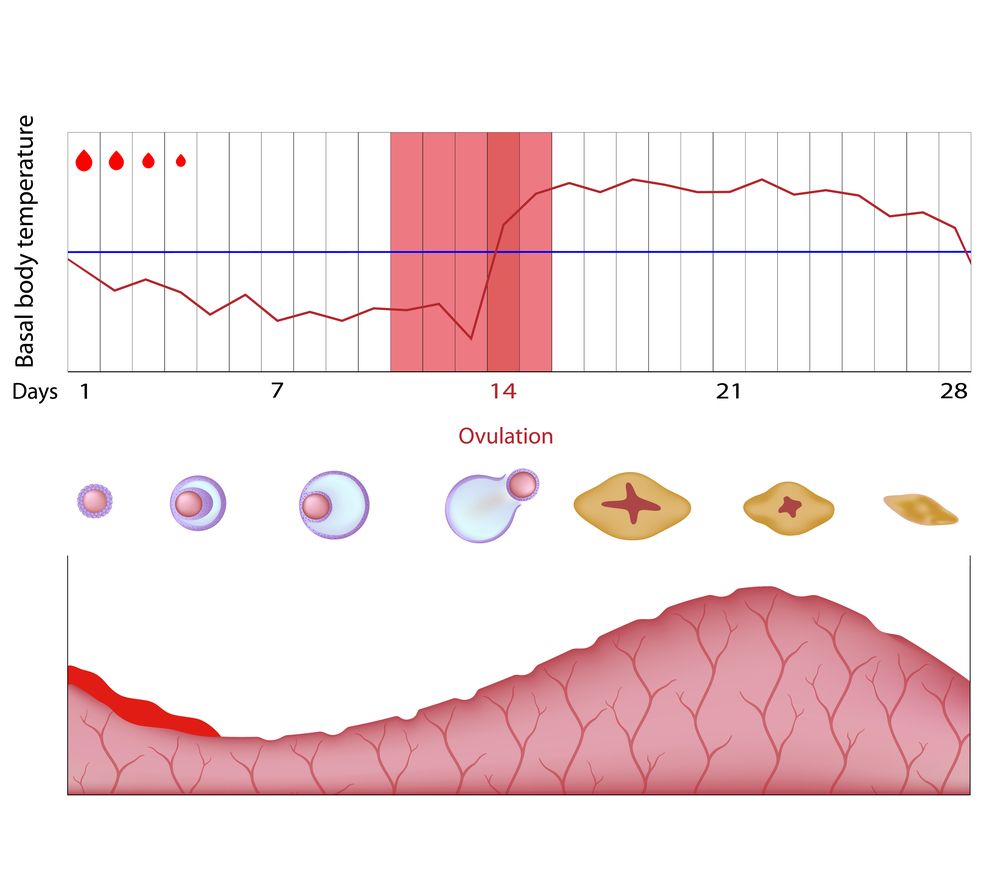In a recent review published in the Journal Gynaecological Surgery researchers demonstrated that early detection and intervention in ovarian endometriosis can contribute to a better quality of life in adolescents suffering from the condition and also lower damage of the ovarian tissue as a consequence of a less invasive ablative surgery.
Ovarian endometrioma is a benign, estrogen-dependent cyst found in women of reproductive age. Infertility is associated with ovarian endometriomas; although the exact cause is unknown, oocyte quantity and quality are thought to be affected.
Current diagnostic methods require patients to undergo an invasive surgical technique, whether laparoscopy or laparotomy, so doctors can determine the presence of ectopic endometrium-like tissue. In adolescents, the symptoms may be suggestive, however they vary and elicit frequent compassion rather than further investigation and treatment. Nevertheless, understanding endometriosis in the young woman may shed light on the more complex appearance in the adult woman and improve early-stage management.
To address the recent literature regarding premenarchal and adolescent endometriosis and discuss in particular the inherent risks of the delay in diagnosis and management of ovarian involvement, in their review titled “Ovarian endometrioma in the adolescent: a plea for early-stage diagnosis and full surgical treatment”, researchers describe the burden of the condition and why and how early intervention is pivotal.
During neonatal life, due to neonatal bleeding and retrograde menstruation, endometrial cells invade the pelvis and are thought to be the cause of the presence of premenarchal and adolescent endometriosis.
According to the researchers it is difficult to comprehend why the diagnosis of the condition is often so delayed leading to severe stages of the condition such as a frozen pelvis. The young women is usually unaware of specific symptoms like severe dysmenorrhea and superfluous or frequent menstruation leading her to seek late medical advice. However, clinicians are often also not sensitized for the importance of the symptoms. Diagnosis of the condition is often impaired as there is not a good correlation between the symptoms and the severity of the condition.
All of these factors lead to a delay in getting an accurate diagnosis between the onset of symptoms and the final diagnosis. In patients with chronic pelvic pain such as dysmenorrhea resistant to medication, the incidence of endometriosis is about 70%. According to the authors, early ultrasound diagnosis and meticulous follow-up are required. However it is still a matter of debate within the medical community if full ablative surgery should be preformed in an early stage of the condition causing minimal damage to the ovarian reserve.
The presence of ovarian endometriotic cysts for an extended time may to severe fibrosis of the ovarian cortex, causing an impairment in the ovarian reserve. Clinicians must balance their decisions to perform a surgery against the concern of a potential damage of ovarian reserve during surgery. The aims of early intervention in these cases is pain treatment, prevention of the progression, and fertility protection.
As endometriosis is assumed to be a progressive disease, the ACOG recommends the early diagnosis and treatment in the adolescent, even if disease progression cannot be anticipated, the observation of advanced stages of the condition, even when patients do not experience pain, indicated the presence of the condition.
Endometriotic cysts differ from benign cysts as they are extra-ovarian pseudocysts without a distinct capsule affecting the surrounding ovarian cortex. Early intervention results in less ovary damage and in less invasive surgery. Endometrial cells on the ovary surface may affect the ovary by causing ovarian adhesions and pseudocysts along with mesenchymal cell metaplasia in the interstitial ovarian tissue, sclerosis, and follicle loss.
Based on these arguments researchers concluded that “Early diagnosis of endometriosis in the adolescent deserves our full attention. Early ablative surgery can contribute to a lower morbidity, a relief of symptoms, and a better quality of life. Treatment in early stage will result in less damage to the ovary caused by the disease itself and by a less invasive surgical procedure.”

